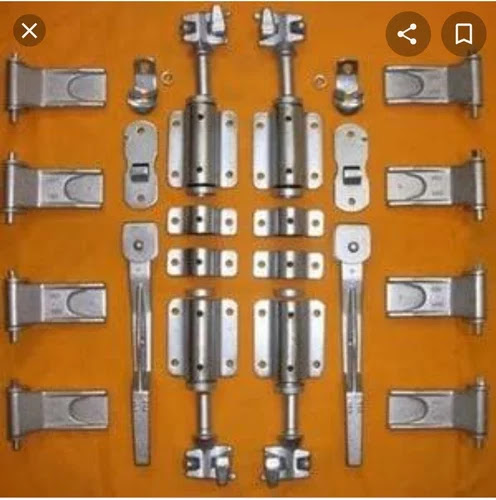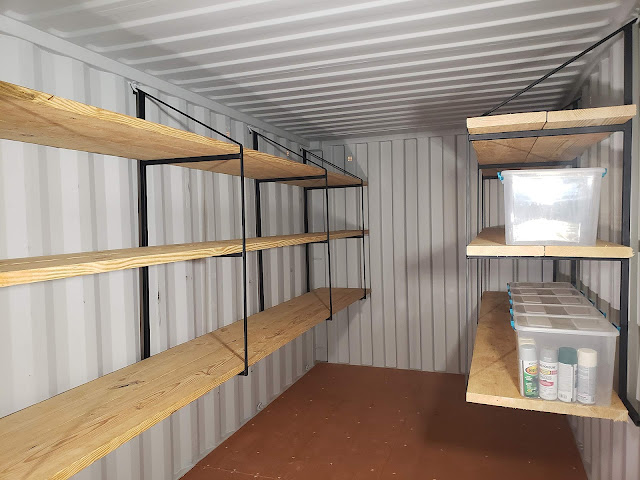The Ultimate Guide to Shipping Container Door Kits: Convenience, Benefits, and Installation
 |
Shipping containers have become more than just vessels for transporting goods across the globe. They've evolved into versatile structures used for storage, offices, homes, and even art installations. One crucial component of a shipping container is its door, and the concept of a shipping container door kit has gained popularity in recent years. In this comprehensive guide, www.uspcontainershipping.com we'll explore the convenience, benefits, and installation process of shipping container door kits, shedding light on how they can transform these steel giants into functional spaces.
Must Read: Smart Shipping Containers: The Future of the Shipping Industry
The Convenience of Shipping Container Door Kits
Traditional shipping container doors can be heavy, difficult to operate, and may require additional modifications to fit specific needs. Shipping container door kits offer a convenient solution to these challenges. These kits typically include pre-fabricated door panels, hinges, locks, and all necessary hardware, streamlining upgrading, or replacing container doors.
Benefits of Using Shipping Container Door Kits
- Ease of Installation: Shipping container door kits are designed to be user-friendly, often requiring minimal tools and expertise. This makes them suitable for DIY enthusiasts and professionals alike.
- Customization: Door kits come in various sizes and styles, allowing you to choose a configuration that best suits your needs. This customization extends to the type of locking mechanism, handles, and even windows if desired.
- Enhanced Security: Modern shipping container door kits often come with robust locking systems that can help secure the contents of the container. This is especially important when using containers for storage or other valuable applications.
- Weather Resistance: Some door kits are designed to improve weather resistance, preventing water leakage and keeping the interior dry and safe.
- Increased Accessibility: Upgrading to a new door kit can provide easier access to the container's interior, making it more suitable for various applications such as workshops, offices, or living spaces.
Installation Process
Installing a shipping container door kit is a manageable process, especially with the help of a clear guide or tutorial. Here's a general outline of the steps involved:
- Assessment: Begin by measuring the opening dimensions of your shipping container's original doors. This will help you choose the right door kit size.
- Preparation: Remove the existing doors and any hardware. Make sure the container's opening is clean and free of debris.
- Assemble the Kit: Follow the manufacturer's instructions to assemble the door kit components. This might involve attaching hinges, installing the locking mechanism, and adding any additional features like windows or vents.
- Mounting: Position the assembled door kit in the container's doorway. Ensure it fits snugly and aligns properly.
- Securing: Fasten the door kit in place using the provided hardware. Make sure all components are secured.
- Testing: Open and close the newly installed door to ensure smooth operation. Test the locking mechanism to ensure it functions as intended.
- Finishing Touches: Make any necessary adjustments and perform final checks for proper alignment and security.
Must Read: Smart Shipping Containers: The Future of the Shipping Industry
Conclusion
Shipping container door kits have revolutionized the way we use and modify these versatile structures. They offer a convenient, customizable, and secure solution for upgrading or replacing container doors. Whether you're converting a container into a storage unit, an office space, or a creative art installation, a well-chosen door kit can greatly enhance accessibility, security, and functionality. As with any DIY project, following the manufacturer's instructions and taking your time during installation will help ensure a successful and satisfying outcome.
Must Read: Why Choose shipping container bar is Best for Us: 10 Reasons



Comments
Post a Comment